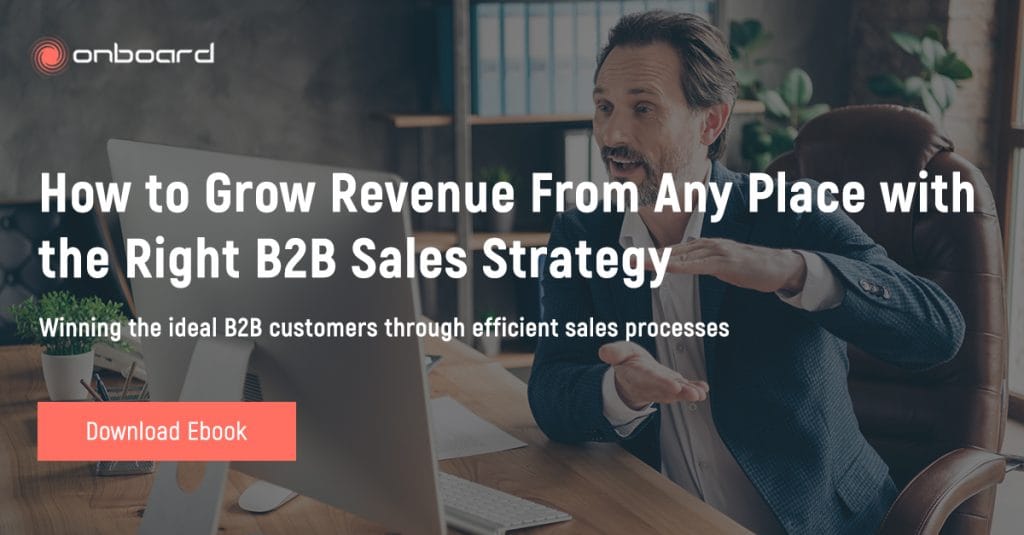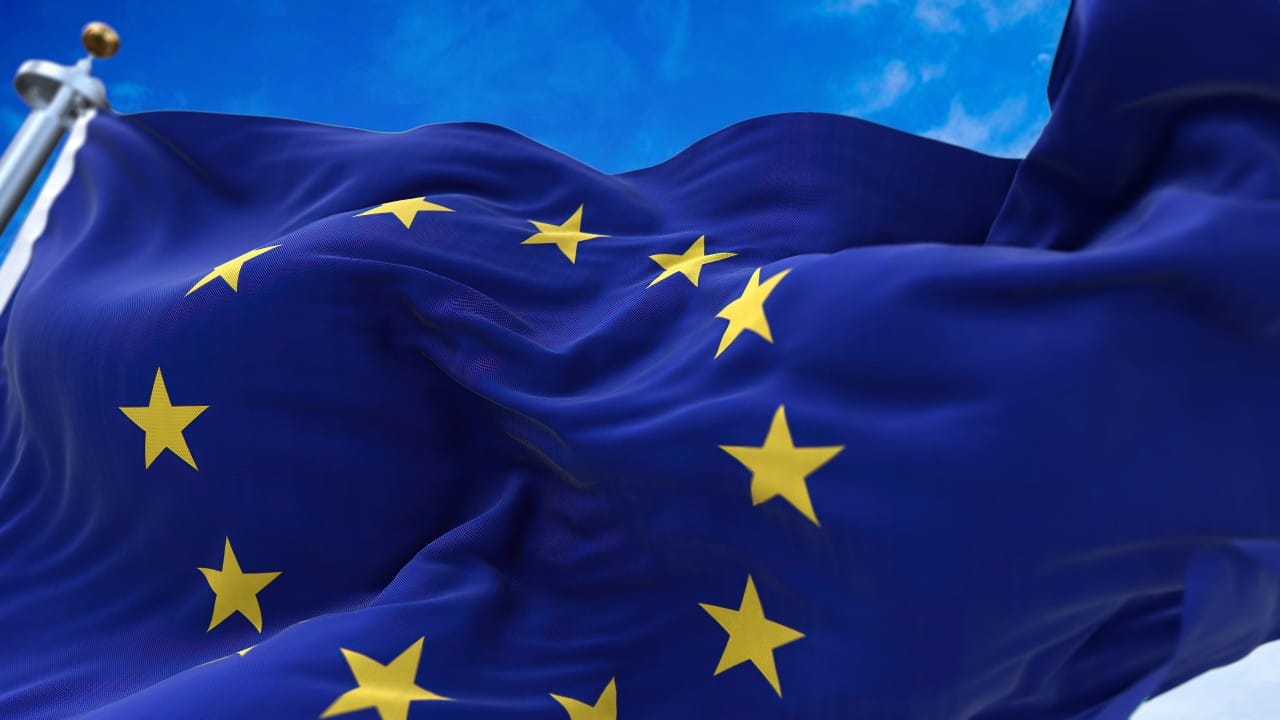In the dynamic world of B2B inside sales, innovation has become a cornerstone for success. As technology evolves and customer expectations shift, businesses must adopt cutting-edge strategies to maintain a competitive edge. This article explores actionable techniques designed to optimize B2B inside sales, drive revenue, and nurture valuable relationships in today’s ever-changing market.
Upgrade Your Technology for B2B Inside Sales
Technology has fundamentally transformed the B2B sales process. Advanced tools like Artificial Intelligence (AI), Customer Relationship Management (CRM) systems, and cloud-based platforms enable sales teams to work smarter, not harder. Here’s how businesses can leverage technology effectively:
-
AI-Driven Insights: AI helps analyze customer behavior, predict sales trends, and personalize outreach efforts. These insights allow sales teams to prioritize high-value leads and tailor their strategies. For a deeper dive into the technologies driving B2B telesales, explore our blog on this technology for B2B telesales and telemarketing.
-
Cloud-Based Solutions: Cloud computing facilitates collaboration among remote teams and ensures secure, real-time access to data.
-
CRM Enhancements: Modern CRMs offer integrations with AI and analytics tools, making it easier to track customer interactions and forecast sales outcomes.
For example, the Microsoft Dynamics 365 integrated suite combines ERP and CRM applications, facilitating collaboration among remote teams with real-time data access through cloud computing.
Adopting a Data-Driven Approach
Data is the lifeblood of modern sales strategies. A data-driven approach empowers sales teams to make informed decisions, adapt to customer needs, and fine-tune their processes. Key components include:
-
Predictive Analytics: These tools analyze historical data to forecast future trends, enabling proactive decision-making. Read this Forbes article on the future of AI for sales organizations.
-
Customer Segmentation: Businesses can use data to identify high-potential customer segments and tailor their outreach accordingly.
-
Performance Tracking: Analyzing sales metrics helps teams understand what strategies work and where improvements are needed.
Predictive analytics leverages historical data and machine learning algorithms to forecast future trends, allowing sales teams to anticipate customer behavior and make proactive decisions. For instance, companies utilizing predictive analytics have achieved a 25% increase in sales performance and a 50% improvement in forecast accuracy.
Nurturing Relationships for Channel Sales and Marketing
The shift from transactional to relationship-based sales has redefined how businesses approach their clients. Building strong partnerships is now more important than ever. Here’s how to do it:
-
Personalized Communication: Tailored messaging shows clients you understand their unique needs.
-
Leverage CRM Systems: These tools help track interactions, anticipate needs, and provide timely follow-ups.
-
Focus on Long-Term Value: Developing trust and consistently delivering value strengthens client loyalty and encourages repeat business. Discover more about effective relationship-building in our guide on B2B channel partner strategies.
For instance, Prioritizing mutual benefits and transparent communication lays the foundation for trust, leading to sustained partnerships. Emphasizing long-term value over immediate gains encourages repeat business and loyalty.
Streamlining Sales Operations with Automation
Automation has become a game-changer in B2B inside sales, revolutionizing how teams manage tasks and allocate resources. By automating repetitive processes, businesses can enhance efficiency and focus on high-impact activities. Key benefits include:
-
Time Savings: Automation tools handle tasks like data entry, follow-ups, and reporting, freeing up valuable time for sales teams.
-
Error Reduction: Automated systems minimize the risk of human errors in critical operations.
-
Enhanced Customer Experience: Automation enables personalized interactions and faster response times, improving customer satisfaction.
Automation tools handle repetitive tasks such as data entry, follow-ups, and reporting, freeing up valuable time for sales teams to focus on high-impact activities like building client relationships and closing deals.
Leveraging Social Selling for B2B Inside Sales
Social selling is transforming the way businesses connect with potential clients. By using platforms like LinkedIn and Twitter, sales teams can build relationships, establish authority, and drive conversions. Key strategies include:
-
Content Sharing: Providing valuable insights and industry updates positions your business as a trusted resource.
-
Engagement: Actively participating in discussions and responding to inquiries builds trust with prospects. Visit LinkedIn's official resources on social selling.
-
Analytics: Social media tools offer insights into audience behavior, helping refine outreach efforts.
Learn more about innovative social strategies in our blog on game-changing tactics for channel sales.
Continuous Learning and Adaptation
The fast-paced nature of B2B inside sales demands continuous improvement and adaptability. Staying ahead requires:
-
Professional Development: Investing in training programs and workshops keeps sales teams updated on the latest trends and tools.
-
Industry Awareness: Following market developments and competitor strategies helps businesses stay relevant.
-
Innovative Culture: Encouraging experimentation and embracing change fosters resilience and growth.
Investing in regular training programs ensures sales teams stay updated on the latest trends, tools, and methodologies, enhancing their effectiveness and adaptability. Companies with continuous sales training can achieve up to 50% higher net sales per employee.
Conclusion
In the competitive landscape of B2B inside sales, success hinges on innovation and adaptability. By leveraging technology, embracing data-driven strategies, nurturing relationships, automating processes, and staying ahead through learning, businesses can achieve sustained growth and profitability. It’s time to take action and implement these strategies to secure your position as a leader in the industry.
Ready to transform your B2B inside sales strategy? Book your free consultation with us today and unlock your sales team’s potential. Get Started Here
FAQs
What is the role of AI in B2B inside sales?
AI helps analyze data, predict trends, and personalize interactions, making sales processes more efficient and targeted.
How can data improve customer interactions?
By analyzing customer behavior and preferences, data enables personalized communication and better decision-making.
What are the best tools for sales automation?
Popular tools include HubSpot, Salesforce, and Marketo, which streamline workflows and enhance productivity.
How does social selling differ from traditional selling?
Social selling focuses on building relationships and engaging with prospects on social media platforms rather than cold-calling or direct sales pitches.
Why is continuous learning critical in the sales industry?
It ensures teams stay updated on trends, tools, and best practices, enabling them to adapt and excel in a dynamic market.




